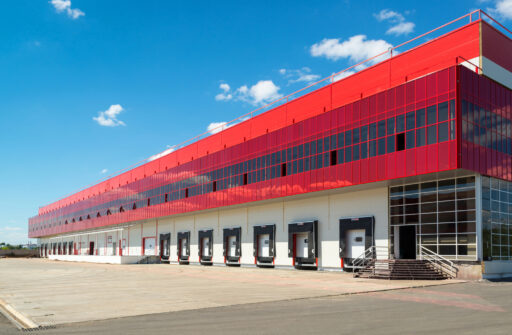Impact of parametricism in architecture
Parametricism is the next epochal architecture style that is expected to be the successor of modernism and postmodernist era
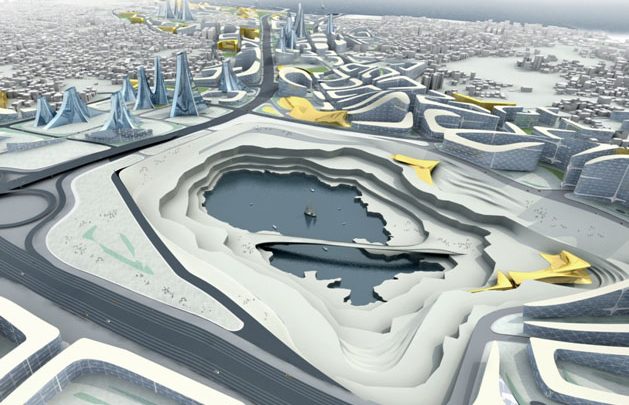
Parametricism is the next epochal style of architecture that is expected to be the successor of modernism and the post-modernism era. The term “Parametricism” is coined by Patrik Schumacher in 2008 to define this contemporary movement in architecture which uses computations as the base of the architecture. Parametricism brings in the transformation of special and formal retrofire which is brought through various computational methods and aesthetic principles. Communication of ideas and design approach is a lot more in the 21st century which results in the spreading of parametricism, which can also be observed among younger generations to apply and become successful with parametric approaches. Several critical factors like climatic conditions and national tradition and culture can also be fused with parametricism to explore various design possibilities, which again leads to the base of parametricism i.e., design explorations.
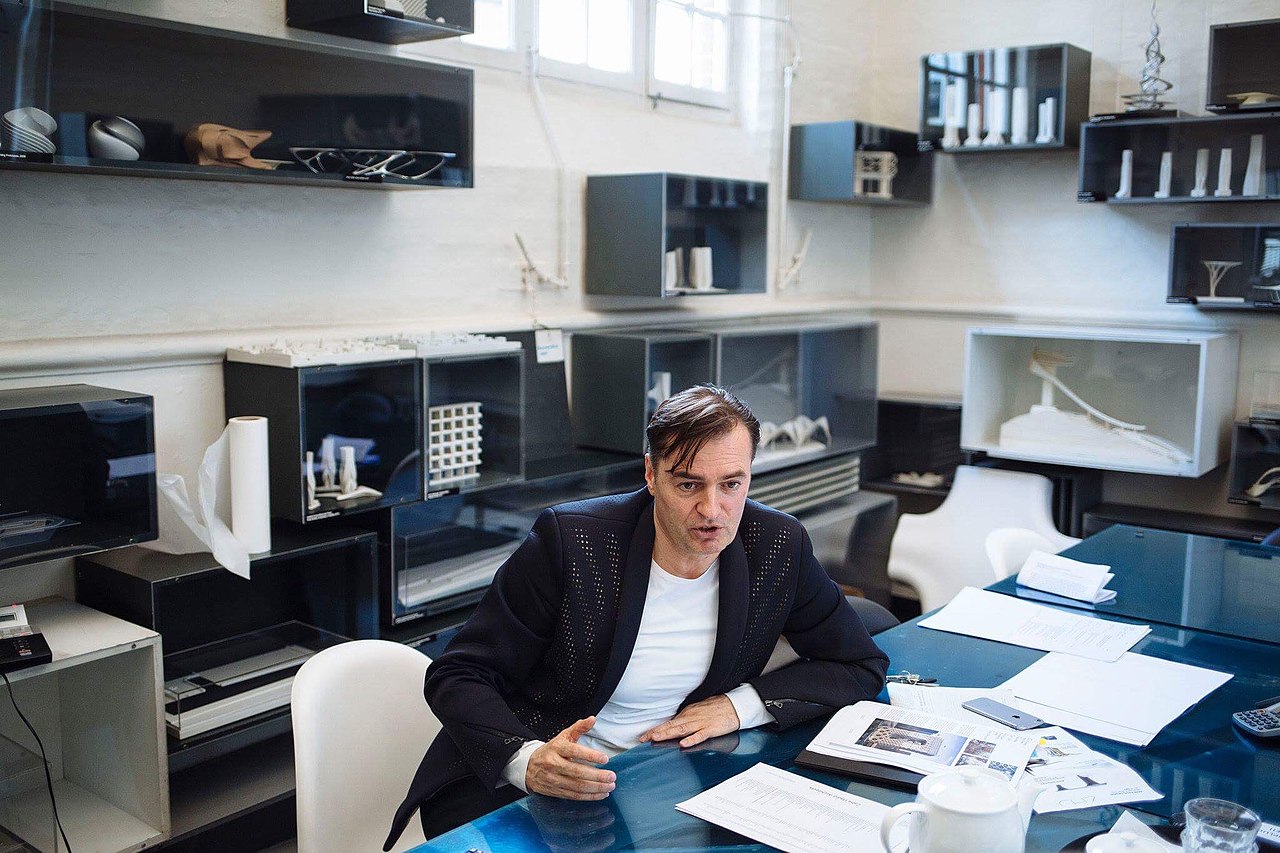
Patrik Schumacher. Image courtesy of Wikipedia.org
Architecture is a huge sector where a big percentage of people across the globe are involved and associated with this sector and plays a key role in global economics. Due to its vastness and diversifications, the influence of technology is a bit slower compared to other sectors. Looking back into the timeline, in the 1960s Sketchpad was developed by Ivan Sutherland which was first used in automobile sectors then with CAD it got applied in the field of architecture after 10 years of discovery. A similar situation can be observed when 3D modeling was introduced and now in times of application of parametricism, it will take more time to spread due to its stiff learning curve with high costs of fabrication which is difficult to afford for a developing country.
In the post-Fordist era, where technology is the result of cycles of innovative adaptations which is occurring due to the requirement of retooling and adaptations of this socio-economic situation through which parametricism as style evolves. Parametricism with the use of continuous differentiations which comprises versioning, iteration, and mass customization enables to organize and articulate the increased complexity of the post-Fordist society. The taboo related to Parametricism is this style avoids working with simple geometries, repetitions and juxtapositions of elements whereas the dogmas are all the forms are parametrically malleable, differentiative, and open for explorations. Thus, parametricism evolves from the creative exploration of parametric design systems which gets more refined with the advancing versions of Parametricism. We are in the age of Parametricism 2.0 which is based on the parameters that matter to us, and this is the fully matured version of the Parametricism style.
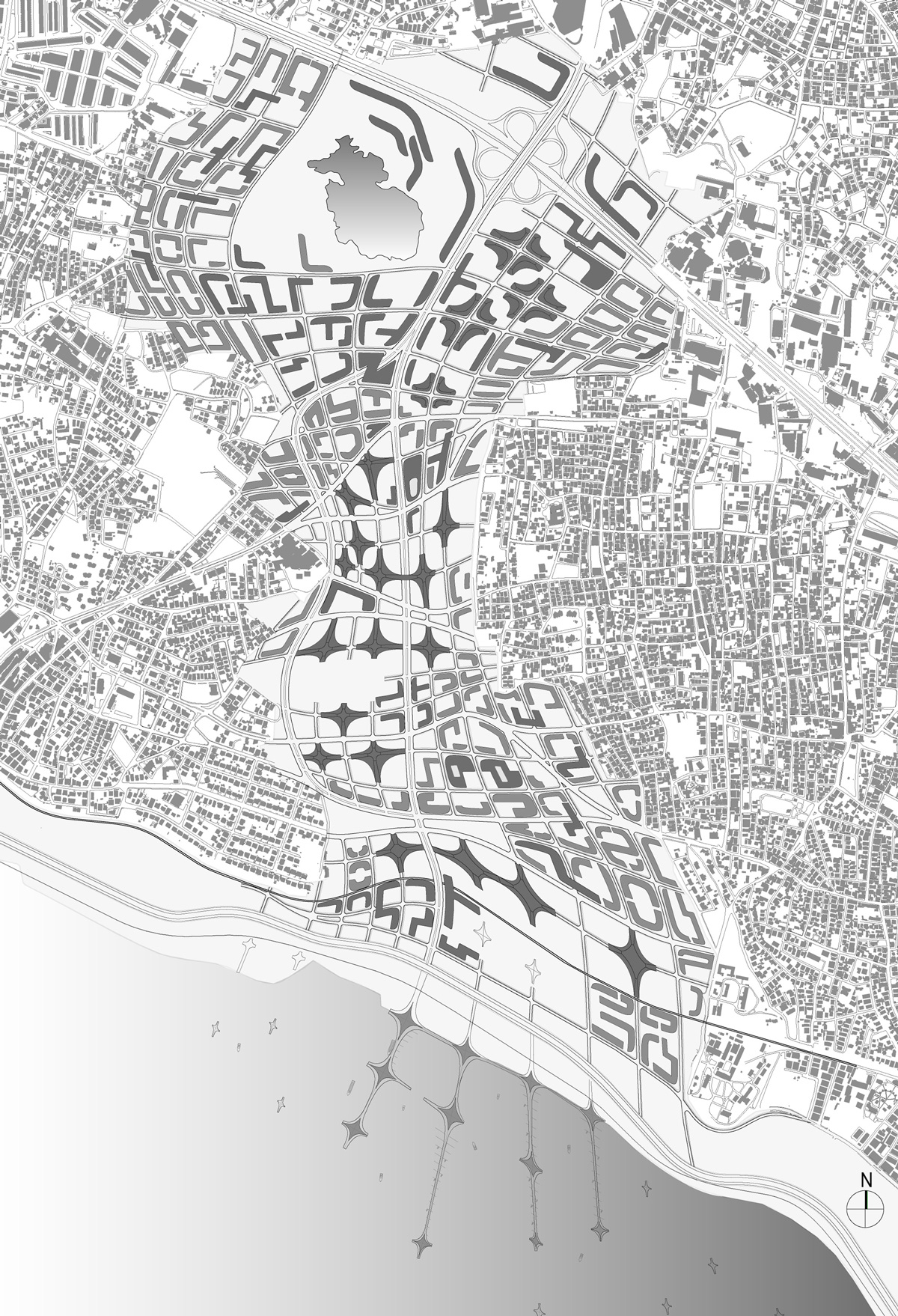 Zaha Hadid Architects, Kartal-Pendik Masterplan, Istanbul, Turkey, 2006. Image courtesy of patrikschumacher.com
Zaha Hadid Architects, Kartal-Pendik Masterplan, Istanbul, Turkey, 2006. Image courtesy of patrikschumacher.com
There are 5 agendas through which Parametricism can be applied in architecture:
1. Parametric Inter-articulation of Sub-systems: For example, on the façade of building envelopes, structural systems, etc can be applied with scripted automation technology which could be responsive towards the light, human movement, etc.
2. Parametric Accentuation: With the ambition to integrate the articulation of the overall building, richer and more integrated architecture can be made.
3. Parametric Figuration: The parameters can be included in architecture from many dimensions like object parameters, ambient parameters, observer parameter, etc can be integrated into the whole parameter system.
4. Parametric Responsiveness: Our response to the built environment is quite parametric, and the architecture can be made kinetically active in response to our parametric nature, which will add more value.
5. Parametric Urbanism – Deep Relationality: Integration of building morphology can be achieved with parametric accentuation, parametric figuration, and parametric responsiveness.
So, it’s quite understandable that how can we introduce parametricism in its true form in architecture and its pathway to our daily life. Now, let’s discuss its impact on architecture, and is it a boon or bane soon?
1. The fastest approach to introduce new technologies in architecture
Most of the latest technologies are based on computation or uses computation as their most base tool. Even in the field of architecture, computation is used for many decades but had lacked a medium or an approach to a new level. So, using algorithms directly in design opens up the vast world of computation to be applied directly in the field of architecture. Some of the latest developments are the development of Artificial Intelligence (AI), Machine Learning (ML), Building Information Modelling (BIM), simulations, etc are based on computer programming languages, and applying these in the required section comes under the umbrella of Parametricism.
Example- Lunchbox- It is software in the Grasshopper plugin of Rhino. It lets the user use the machine learning (ML) technique in the architecture field to achieve desired results. Works of Refik Anadol- Refik Anadol is a media artist who uses data from various sources and programs in such a way to get amazing artworks. He is the recipient of numerous prestigious awards around the world and has exhibited his artworks in various national and internationally recognized museums.
2. Parameters are all around us
Parameters are the entity which has a certain amount of influence on the system of work that is to be done. Based on the parameters that are important or most matters to the system is worked with and based on it the desired result is achieved. For example, while designing a skyscraper, the floor-to-floor height, total height, number of floors, rotation on each floor, etc are the factors or parameters based on which the design of the desired skyscraper is achieved. Again, while we are designing a bedroom, the ambiance of the room could be the parameter or while designing a workspace, the number of people working in that area could be the parameter.
A grasshopper is a tool that enables the user to perform visual scripting, prepare designs with parameters with ease. Though it seems difficult to learn and various misconceptions are related to this workflow of architecture, it exponentially increases the productivity and quality of work of the user, if used in the proper sense.
3. Easy fabrication and quick construction solutions
We often relate parametricism with complex forms and shapes which looks impossible to built or a high cost of manufacture is required. But proper use of manufacturing techniques and tools available for parametric designs, the process becomes easy.
Using grasshopper in parametric designing and fabrication with certain techniques like waffle type fabrication, mesh construction, etc can be easily performed without the use of any costly tools. 3D printing a structure part by part or at once provides easy fabrication and less time and labor-consuming process.
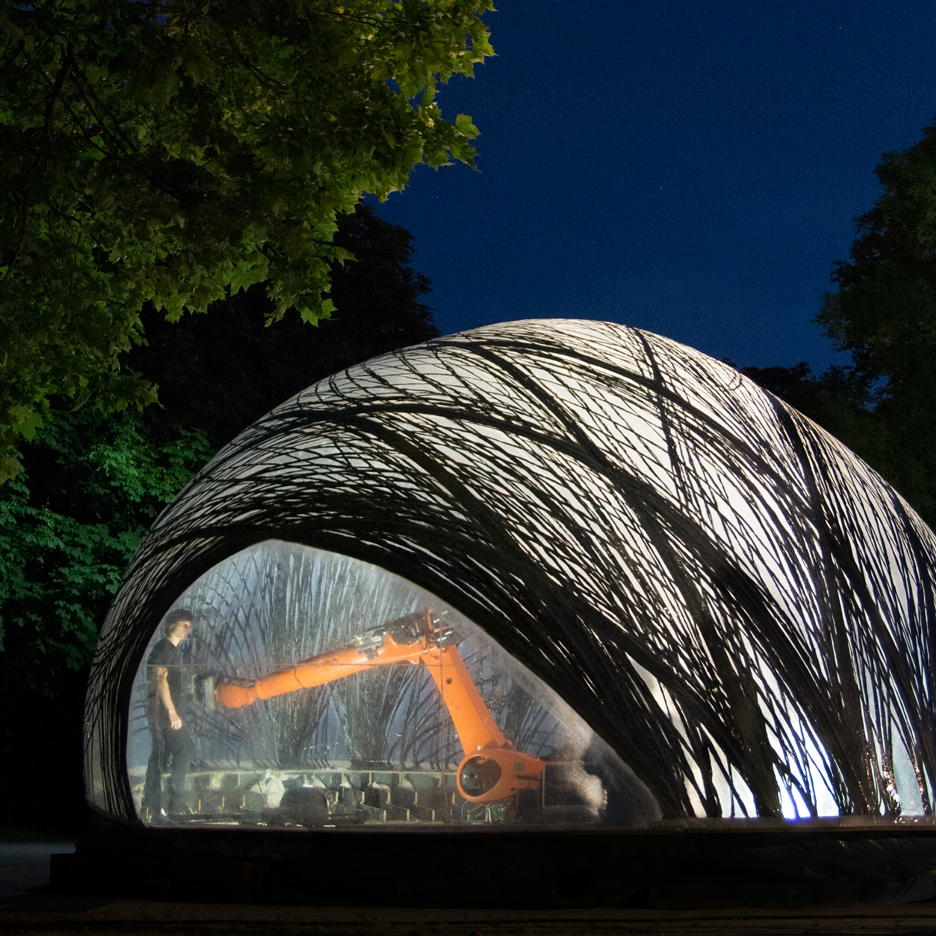 Robot constructing shell structure at ICD/ITKE University of Stuttgart. Image courtesy of dezeen.com
Robot constructing shell structure at ICD/ITKE University of Stuttgart. Image courtesy of dezeen.com
4. Quick optimization of the solution as per requirement
While parametricism is about all the parameters that matter is being considered in the design process, within these parameters the best-performing design needs to be selected worked upon, and improve the design as per requirement. Parametric tools and algorithm-based design gives users the edge to optimize over the required parameter and bring the best out of it.
For example- Galapagos in Grasshopper 3D performs similarly as discussed, in the grasshopper platform. These optimizations could be used to get the efficiency of design, optimize heat, optimize the structural system, finding the best performing design, etc.
Octopus in Grasshopper 3D allows the user to search many goals at once and produces a range of solutions between extremes of each goal.
More tools that work similarly are Design Space Exploration, Wallacei, Biomorpher, Opossum, Optimus, etc.
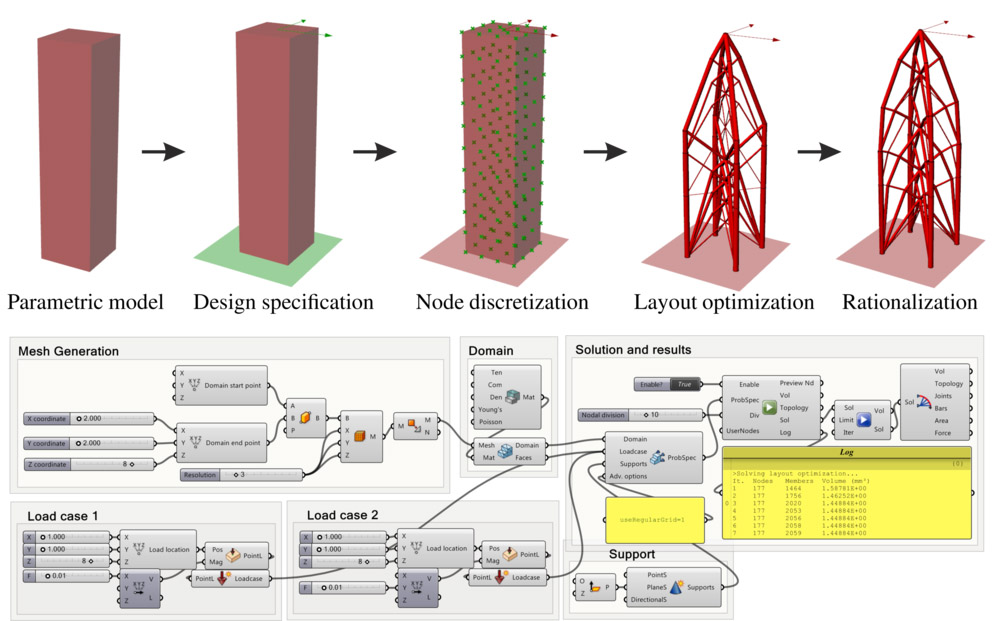
Structural optimization using Grasshopper. Image courtesy of build-opt.org
5. Flexible, beautiful, reusable tool
The main catch of parametric designing is its flexibility and changes with changes in parameters. And thus, the optimization of the design is also possible. Aesthetics is always a crucial factor we must look into while designing and often the result is optimized by us thus making it beautiful. We tend to reuse a lot of design solutions from our experience, likewise in parametric design workflow to we can reuse our previous code rather than building it from scratch. So, the time consumption also reduces and the best results can be achieved.
The user can also make his/her library of codes from which the codes can be used for future requirements. Lots of websites like GitHub, Stack overflow, etc have similar kind of library for coders across the world and is used by students across the world to solve problems.
We can’t say where the Parametricism movement will lead us to, but a major impact will happen in our daily life, workflows, and our environment through these. In the golden age of technology where each day technology advances, it’s quite obvious that its impact will have a long run in every aspect of our life. In the last major movement like the Modernist movement, its impact spread all over the world due to several important inventions like photography, the steam engine, mass printing press, and the most important is the industrial revolution. Similarly, architecture being exposed to such technological advancements will give architecture an edge to produce efficient design, innovative high-performing structural systems, new material advancements, and easy construction with project management. As parametricism also considers the critical factors of the region at its core, the repetition of a similar style will reduce to a great extent and each building in the future will be iconic and will carry its purpose, statement, and solution within. Its high time for us to understand its impact and give architecture more exposure to technology as needed.






























































